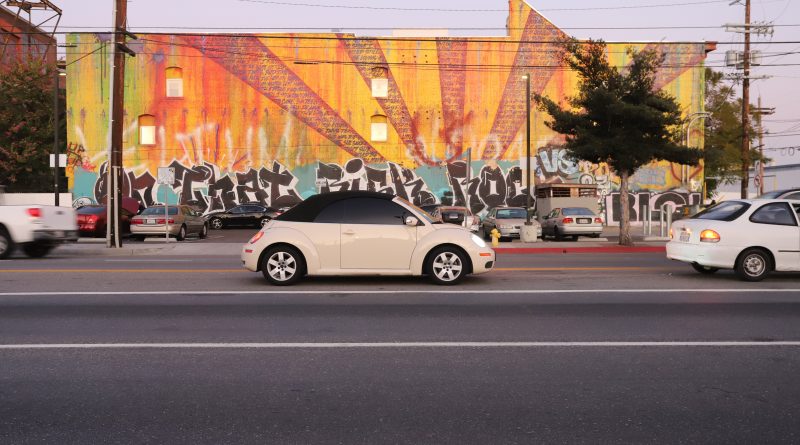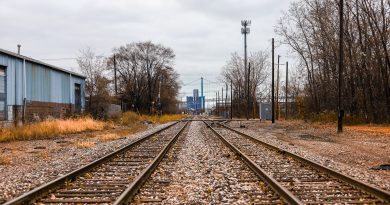Los Angeles: Beyond The Supreme Reign of the Motorcar
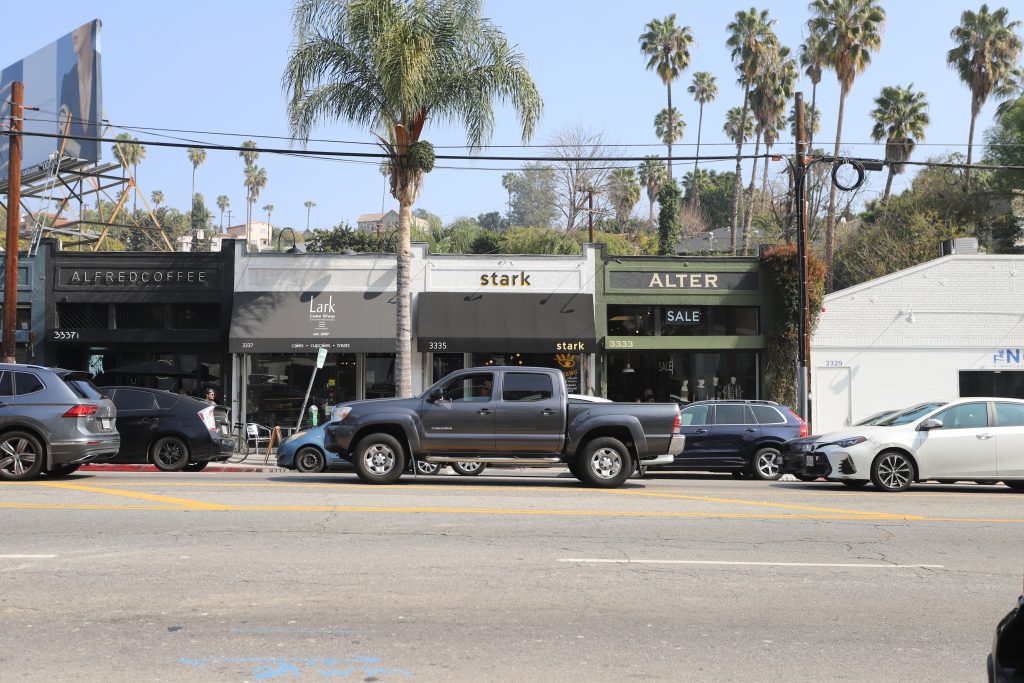
While transit advocates in Metro Detroit sink back into the dark depths of austerity and gloom over Lee Chatfield’s recent decision to blow off transit legislation– and the country increasingly hunkers down against COVID19- I figured I’d bring some sunshine, both literal and figurative, from my February trip to Los Angeles.
In my predeparture post, I cited Colin Meloy’s poetic ambivalence about the City of Angels. Over the week I spent in the city, the ode felt pretty spot-on, reflecting a landscape of so many paradoxes. More on this in a moment.
I had a day on either end of the StartingBloc Institute for adventures. On Wednesday, I explored Silver Lake and hung out with my friend Jessica– the following Tuesday I went to Santa Monica with a friend. Santa Monica was about what I expected– pretty, clean, and not super interesting. L.A. was a pleasant surprise in most ways– not the least of which was my ability to get around the city without a car.
THE GEAR
First, a minor commercial plug. It was my first trip with my new GEEKOTO tripod and my BESNFOTO camera bag. While I had gone into the trip skeptically of these disastrously-named import products, both performed impressively and with ergonomic finesse. The former is sufficiently stable to hold my chonk of a 17-40mm L lens mounted on a full-frame Canon D-SLR. The bag can hold both plus three lenses, a laptop, water bottle, pac-lite jacket, and notebook (a Shinola notebook, no less, courtesy of MEDC at the Detroit Policy Conference). Though ergonomic, this arrangement became very heavy very quickly, especially in L.A.’s formidable hills. (I should disclose here that I hypothetically get royalties when you buy all of these products from Amazon, but I am a big fan of everything I’ve posted here).
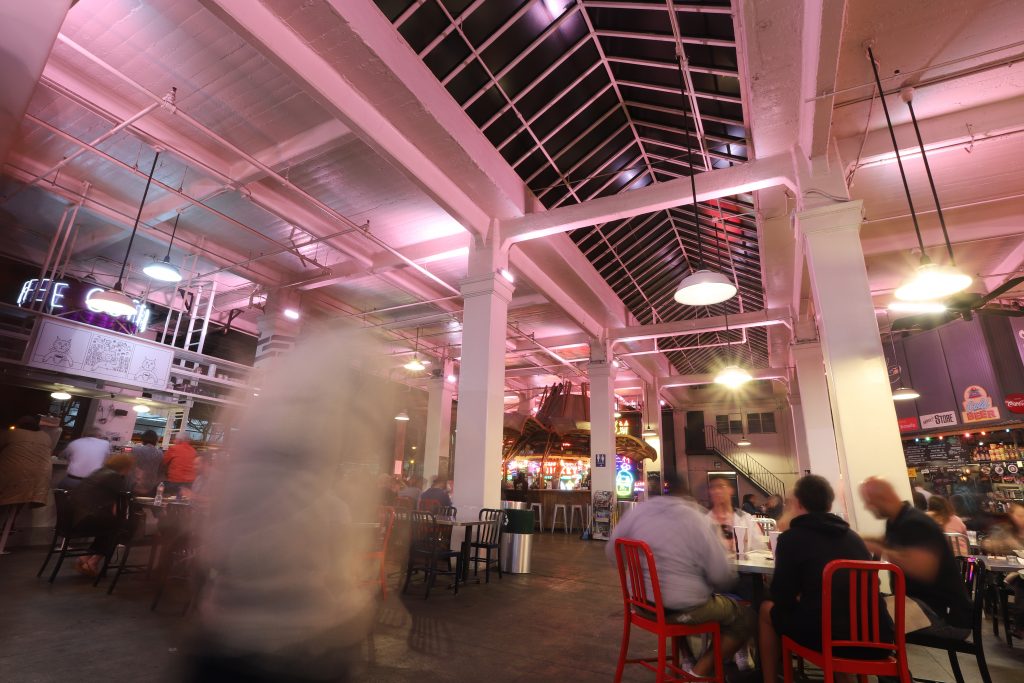
GETTING TO KNOW A CITY THROUGH ITS TRANSIT
While everyone was shocked that I was taking public transit instead of driving– which, Angelenos told me, is just what you do– I wanted to get a better handle on the landscape of the city and understand the root of its car dependency. I bought a week-long TAP card, the LA Metro’s new contactless card. It was far easier than getting a transit pass on BART. Annoyingly, the “seven-day” pass only worked for six days plus a few hours because of when I bought it. I can forgive this because it was far cheaper than what some of my StartingBloc colleagues spent on daily Lyfts and Ubers. (Notably, I elicited some ire from the group when I suggested that they maybe consider taking the bus– it is always interesting when a gathering of people focused on intentionality, mindfulness, leadership, and equity are so hostile to the idea of public transit!).
LA’s Metro isn’t glamorous. But it is new. The Metro opened in 1990, making it one of the country’s newest systems, while the Expo line– to Santa Monica via Culver City- just opened in 2012. The system is also undergoing expansion. What would it be like, I wondered, to live in a place that actually valued infrastructure investment?
Big projects are in the works to connect LAX (which already has a respectable bus connection) with the rest of the Metro– and more. But at the same time, NIMBYism is rampant, opposed to both rail and BRT. Fortunately for transit advocates, LA’s congestion is also so bad that it seems that cooler heads may prevail.
Moreover, LA Metro is fighting against an image problem. Unreliability is partially responsible: Metro Buses are having a hard time staying on time, with 21.4 percent showing up late in 2015 and 22.7 percent in the early months of 2016. [Curbed]
Interestingly, given the characterization of NIMBYism in the San Fernando Valley specifically, Mike Davis in City of Quartz (1990) noted this in the 1970’s and 1980’s, where residents were simultaneously organizing to fight against congestion while also organizing to fight against rail expansion. Baffling. And not a new thing.
So it goes.
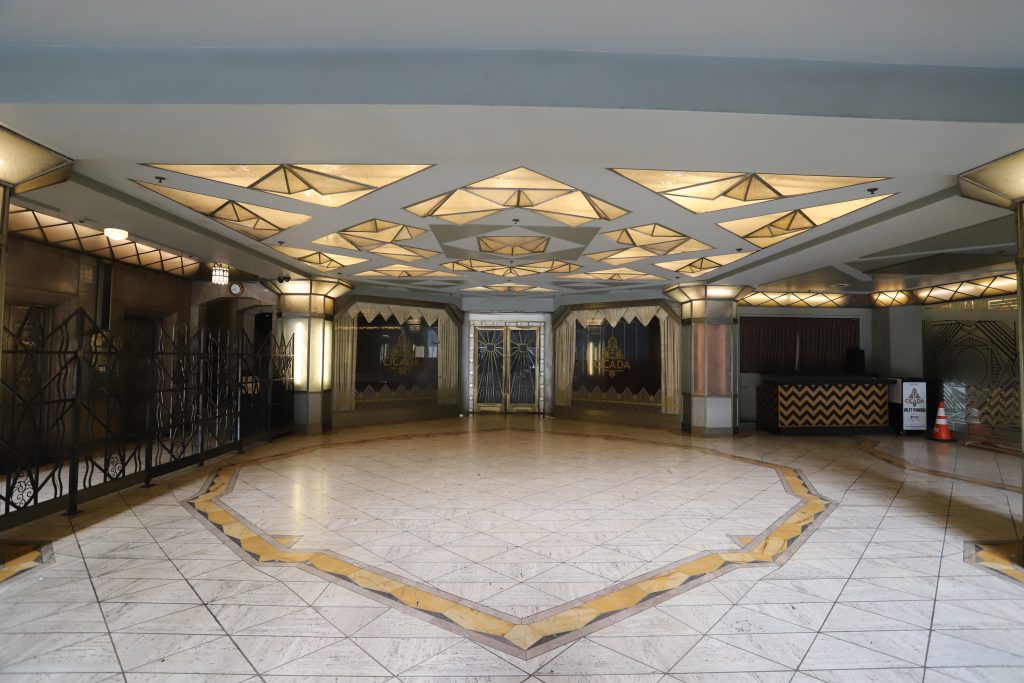
Another story stood out as familiar.
STREETCAR AS REAL ESTATE DEVELOPMENT TOOL
Davis noted a 1948 proposal to integrate rapid rail transit with a freeway system centered on downtown Los Angeles:
“The [Chamber of Commerce’s] aim was to protect CBD [Central Business District] property values by reinforcing Downtown’s transit centrality– in this case, to capture the retail trade of the burgeoning San Fernando Valley before another entrepreneur repeated A.W. Ross’s 1920’s feat of creating an alternative suburban shopping complex. Although ‘Rail Rapid Transit – Now!’ was endorsed by hundreds of Downtown businessmen as well as by larger San Fernando Valley developers, it was condemned as ‘socialistic’ by a counter-coalition composed of Westside developers, outlying commercial interests, and [others].”
A proposal to expand rapid transit was condemned as socialistic? The more things change, right? I’m looking at you, Matt Maddock!
We can relate a story from Detroit. Critics of Detroit’s QLINE, whose naming rights were sold to Dan Gilbert of Quicken Loans, complained that the project was developed not primarily transit but more as a vanity project to bolster downtown real estate prices.
Good to know it’s not just Detroit that has had this problem.

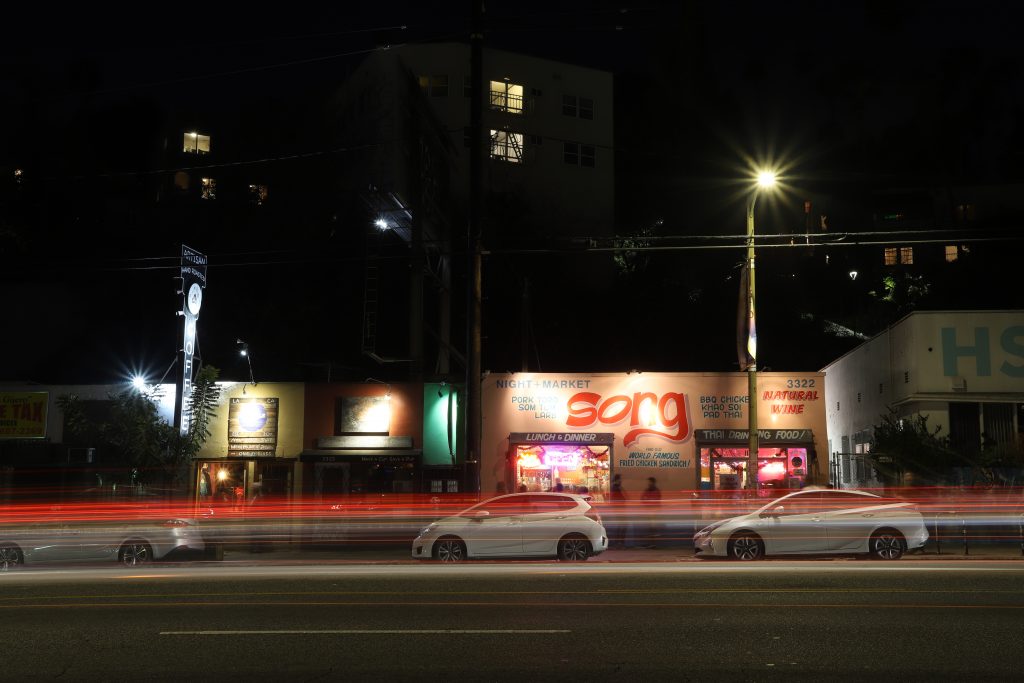
THE CULTURE OF TRAFFIC MANAGEMENT
Mike Davis also observed what was then a pretty radical idea in 1990, proposed by Richard Katz (D-San Fernando Valley)– of rationing growth via maximum “traffic flow standards.”
I floated the idea of transit concurrency in spending– the idea of requiring transit spending with any infrastructure spending on roads. But the idea of tying implied, or projected, congestion to development parameters sounds pretty progressive today, let alone in 1990. Suffice it to say, Los Angeles continues to struggle with egregious congestion, which costs billions in lost productivity, to say nothing of air pollution. They’re working on this.
Speaking of air pollution, surprisingly, the recorded AQI numbers were quite comparable to that of Detroit. Though, as a colleague of mine has pointed out, AQI monitoring does not necessarily capture the quality of air at ground level, where trucks are wont to spew out heavy, unregulated diesel exhaust, as in my native Southwest Detroit. L.A. sits in a basin, but it also enjoys nearly round-the-clock traffic, which is more of the issue.
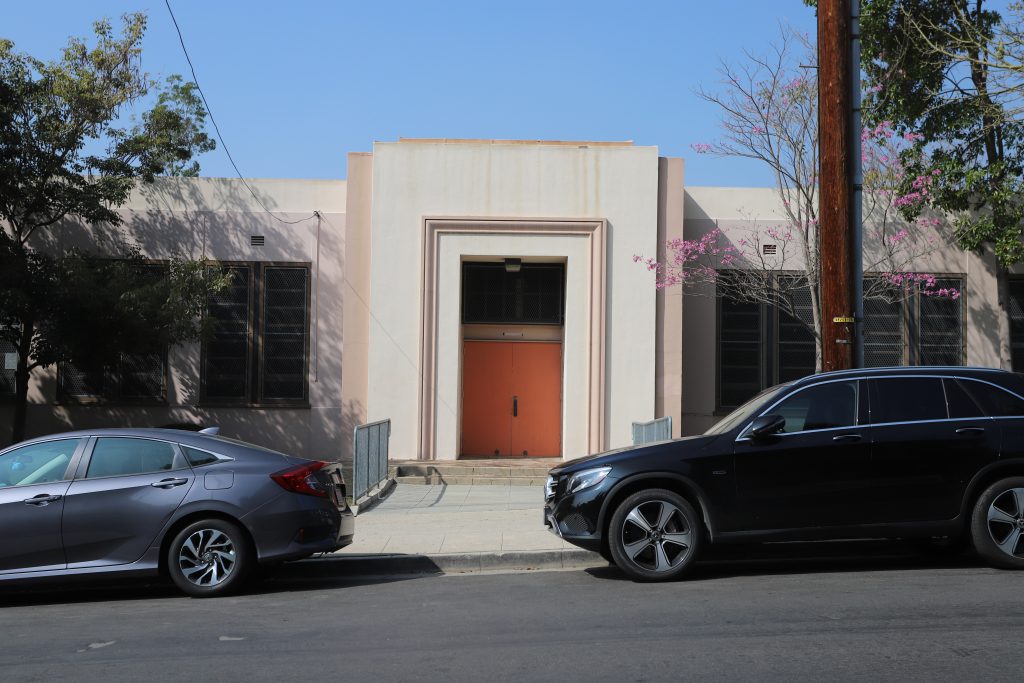
BROADER DEVELOPMENT HORIZONS
YIMBYHive, a.k.a. pro-development people on Twitter, suggested I have a look at L.A.’s Transit-Oriented Communities ordinance. This has spurred similar ordinances in adjacent municipalities. A proposal to implement similar policy statewide failed in a crushing defeat for the YIMBY movement, which has pointed out the utter fallacy of single-family zoning in the stratospherically-priced real estate of the Bay Area.
I got the opportunity to check out a bit of the TOD goings-on when traveling back from Santa Monica via the Expo Line. The intersection of Washington and National in Culver City would appear to be an epicenter of a massive development boom. Culver City, following LA’s example, has promoted transit-oriented development. Curbed LA’s Elijah Chiland and Bianca Barragan characterized this with a map last summer. It would seem that in spite of overall high prices in metro Los Angeles, there’s a market– and plenty of capital- for this sort of dense, new development as an alternative to the increasingly unfashionable single-family paradigm.
As a city and as a region, Los Angeles moves forward, buying electric buses and investing in metro expansion. Meanwhile, Michigan stays stuck in the stone ages of transit. Sure, it ain’t perfect. But I’m always glad for a change of scenery. And I’m happy to have brought back some sunshine for these dark times!
Stay tuned for more content on L.A. Check out the other articles below:
–A Night Out in Jessica Cabot’s Los Angeles (March 2, 2020)
–Los Angeles Trip: In the Popular Imagination (February 19, 2020)

